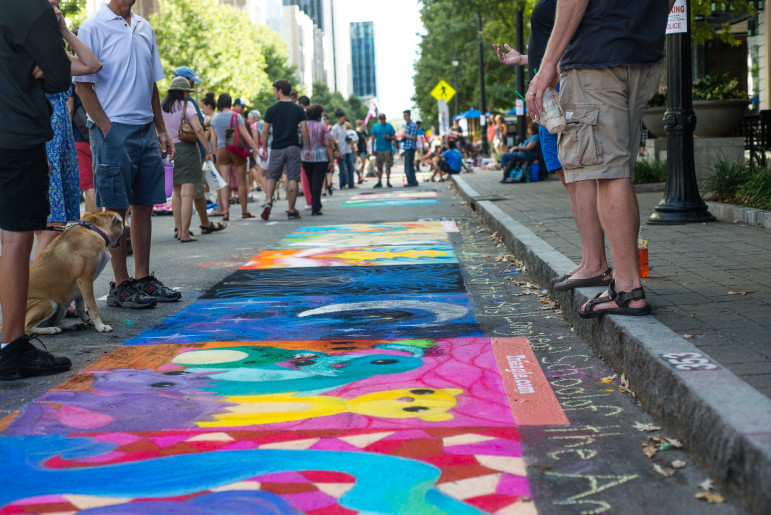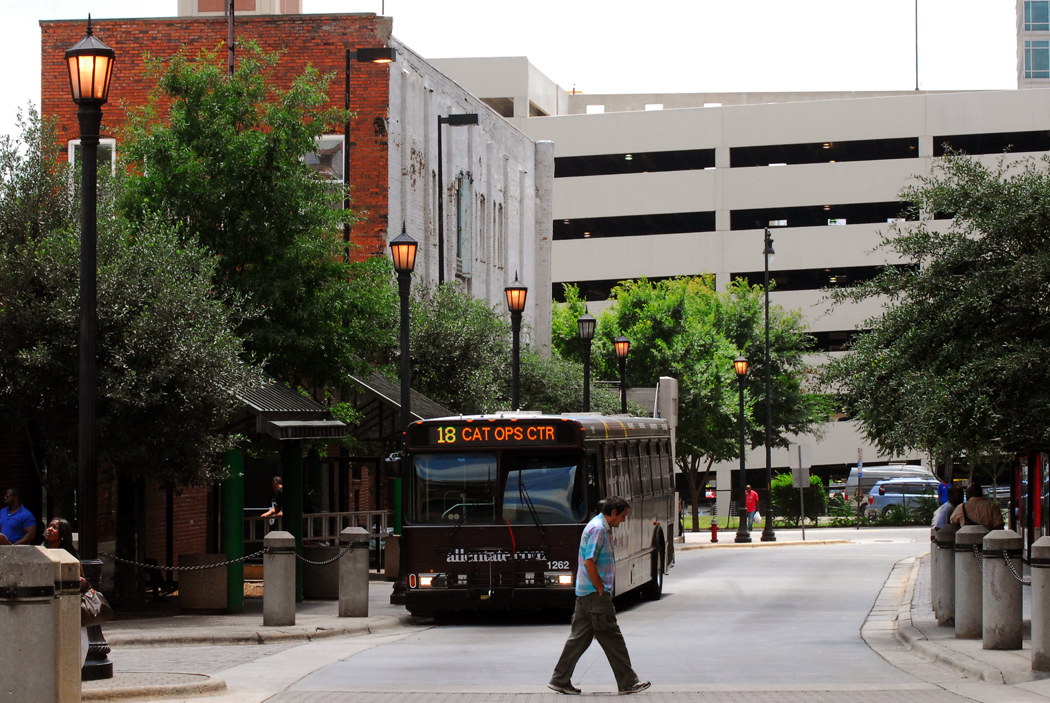The Hillsborough Citizens Advisory Council on September 17 received clarification on the Wake County Transit Plan and the Raleigh Arts Plan.
William Allen, chair of the Hillsborough CAC and member of the 76-person Wake County Transit Plan advisory panel, shared with the CAC how the panel came to decide on four transit options, consisting of both rail and bus systems, over an 18-month process. These are described in detail in the Wake County Transit Investment Strategy Report.
A core team will meet in November to choose one of the four to recommend to the Wake County Commission, according to Allen. He said the recommendation, which will go to voters as a referendum in November 2016, would likely be a hybrid of the transit options outlined.
Will Hooker, a bamboo sculptural artist who said he attends the CAC meetings “fairly often,” said this was the first time the transit plan had been explained to him in a way that made sense.
“The fact that it’s going to be a big change has not gotten through to the public,” he said. “It didn’t get through to me, until Will [Allen] just did that. I think it will be significant if someone like Will can explain it.”
Allen told CAC members that any of these new transit options will include “at least double the ordinary bus service we have now,” a statement that was met with enthusiastic nods by the group.
Jerry Bolas, executive director of the Office of Raleigh Arts, attended the meeting to update members on the Raleigh Arts Plan.
He outlined several objectives of the plan, including ensuring that the newly acquired Dix park will have a sizable arts presence, and that the city will give more money to art and artists.

Anna Clare Spelman / Raleigh Public Record
Street art contest images.
Bolas said that community involvement has been an integral part of the development of the plan. Community members had the opportunity to give feedback at CAC meetings and in online surveys. Bolas reminded CAC members that the feedback process is ongoing on the Raleigh Arts Plan website, where citizens can respond to questions and comments about the plan’s creation.
While the Raleigh Arts Office has received a variety of feedback, Bolas said the “one thing we heard expressed in several different ways” was the desire for art to be accessible not just downtown but throughout the city.
Ultimately, he said, Raleigh citizens should “have a community in which every person has the opportunity to live a creative life on their own terms”.
